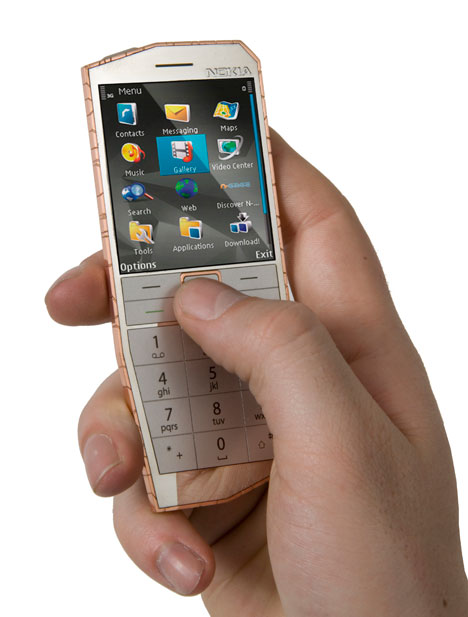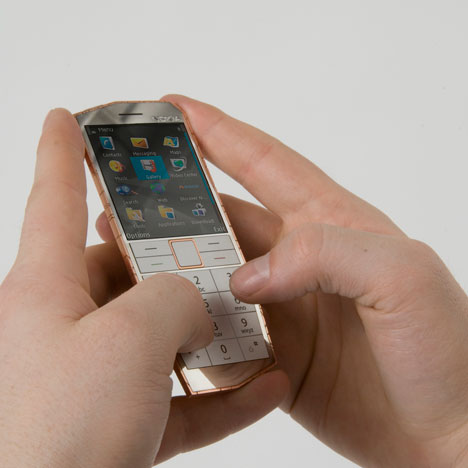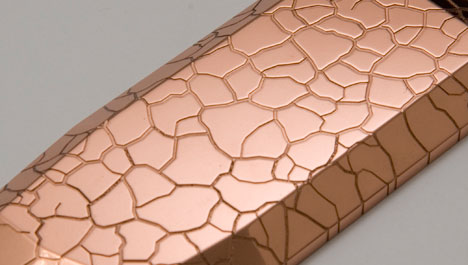Astronomers have found a nascent star 750 light years from earth that shoots colossal jets of water -- a cosmic fire hose -- out its poles in bullet-like pulses
In a process that almost defies adjectives and analogies, each jet of water is the equivalent of a hundred million times the water flowing through the Amazon River every second and the speed of the jet is the equivalent of 80 times the muzzle velocity of an AK-47 assault rifle.
The blast creates huge shockwaves around the star and the process may be responsible for sprinkling the universe with water.
And it could go on for a thousand years in each star. Astronomers think all baby stars go through this process as they form, and that our sun did it too once.
The protostar was found in the Perseus constellation in an object called L1448-MM, seen from the earth to the right of the Pleiades, also called the Seven Sisters cluster of stars, in the constellation of Taurus. It is called a low-mass protostar, meaning it is just beginning to grow into a star.
While jets like that have been seen in other baby stars, astronomers, using the European Space Agency’'s Herschel infrared orbiting telescope were able to measure the flow of the jets using water molecules as the tracer.
Lars E. Kristensen, a postdoctoral student at the Leiden University in the Netherlands, an author of the paper, said that all stars are formed by the accretion of dust and other particles in interstellar space and are eventually surrounded by a disk of material that falls into the star as it builds.
The disks are something like the rings of Saturn but far less well-defined, he said, "more puffy."
Material that is not used by the forming star is blasted back out into space from the poles, perpendicular to the angle of the disks.
"We don’'t know the launching point or the exact launching mechanism," Kristensen said. "There is no self-consistent theory that can explain what we are seeing."
Thanks to: Physorg.com
















